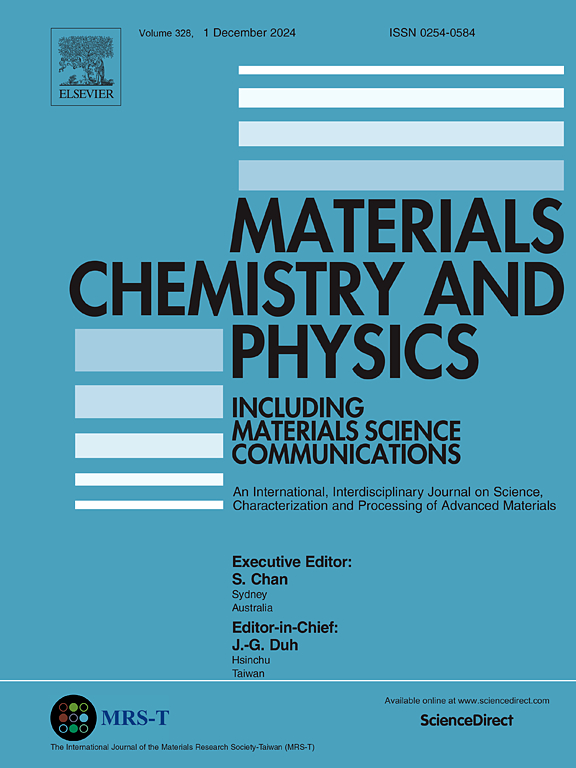Sodium mesoxalate as pre-sodiation agent for sodium-ion capacitors
IF 4.3
3区 材料科学
Q2 MATERIALS SCIENCE, MULTIDISCIPLINARY
引用次数: 0
Abstract
Sodium ion capacitors promise to serve high energy density at high power while eliminating dependence on critical raw materials such as lithium. However, several major challenges, such as the low first coulombic efficiency originated by the use of disordered carbon anodes, need to be addressed. One strategy to overcome this problem is to incorporate a pre-sodiation agent into the system to avoid depleting the ions from the electrolyte during the first cycles. Different pre-sodiation agents have been tested so far, however an ideal solution has not been developed yet. In the present study, the use of sodium mesoxalate is evaluated as it is a non-toxic, sustainable and commercially available compound. Sodium mesoxalate is incorporated in the formulation of the activated carbon positive electrode. Nonetheless, as it is not a straightforward addition, the formulation and fabrication process of the electrode is herein tailored to obtain a good dispersion of the salt alongside the electrode, ensuring its complete decomposition during the first cycles. The irreversible oxidation of the pre-sodiation agent takes place at a potential of ca. 4.3 V vs. Na+/Na within a capacity output of 331 mAh g−1 when integrated in an activated carbon towards its use as positive electrode in sodium ion capacitors technology.

求助全文
约1分钟内获得全文
求助全文
来源期刊

Materials Chemistry and Physics
工程技术-材料科学:综合
CiteScore
8.70
自引率
4.30%
发文量
1515
审稿时长
69 days
期刊介绍:
Materials Chemistry and Physics is devoted to short communications, full-length research papers and feature articles on interrelationships among structure, properties, processing and performance of materials. The Editors welcome manuscripts on thin films, surface and interface science, materials degradation and reliability, metallurgy, semiconductors and optoelectronic materials, fine ceramics, magnetics, superconductors, specialty polymers, nano-materials and composite materials.
 求助内容:
求助内容: 应助结果提醒方式:
应助结果提醒方式:


